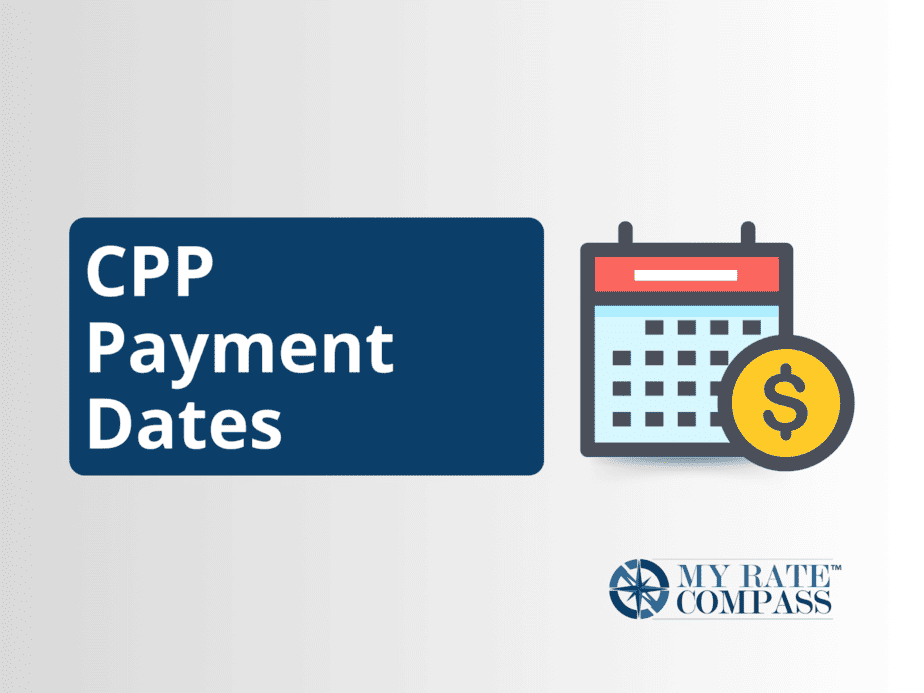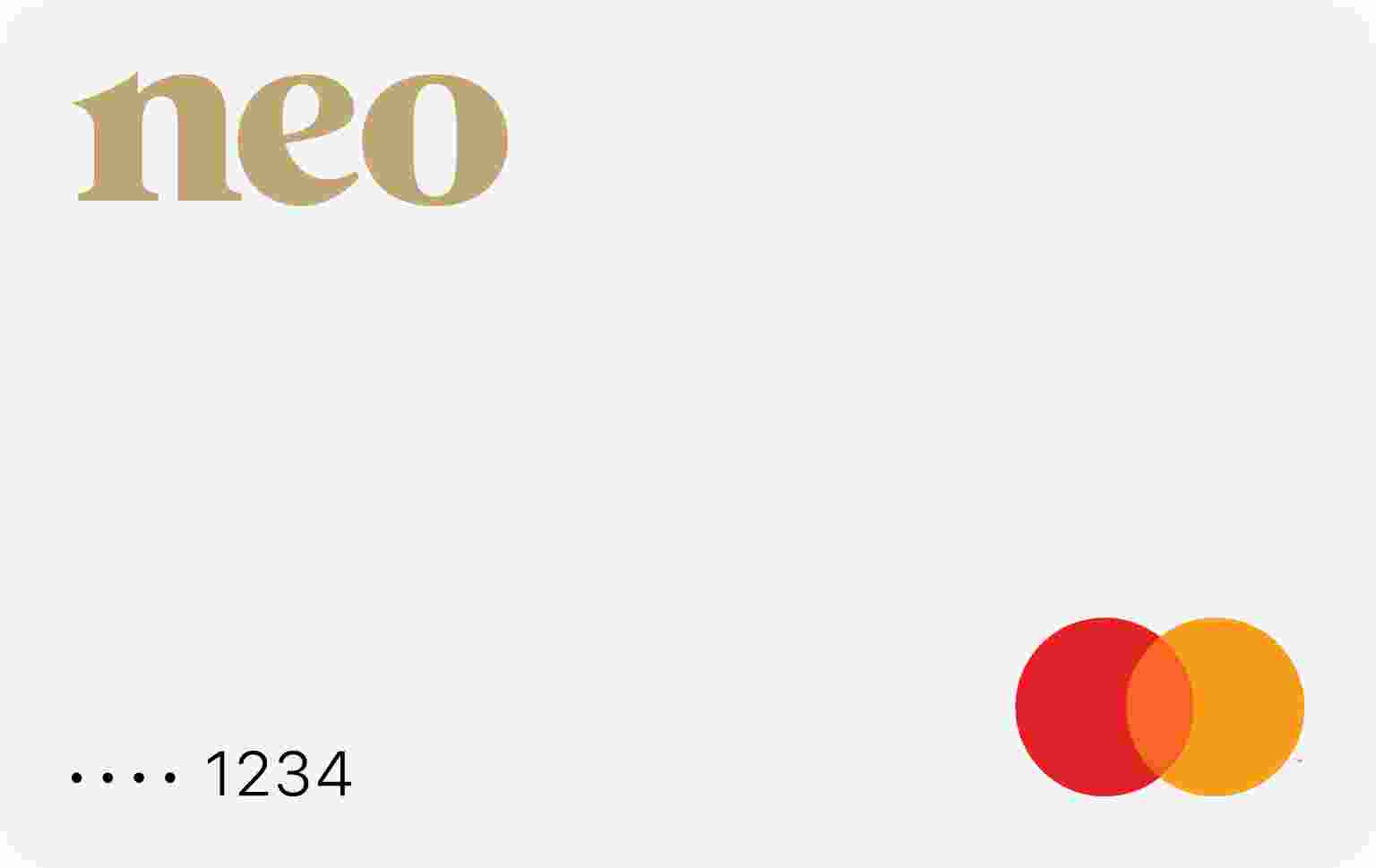Budgeting is a powerful tool to help you take control of your finances and make smarter decisions with your money. It allows you to allocate your money to specific categories, goals, and savings, and if used correctly, a budget can help you achieve long-term financial stability.
This article will walk you through the steps to starting your own budget, from assessing your income to specific tools to make your budgeting setup easier.
If you’re ready to take the first step toward effective financial management, read on!
Why Is Budgeting Important?
A budget typically includes information on your total income and your total expenses and allows you to allocate more or less money to specific expenses each month. This can make room for other goals in your life, such as long-term saving goals, education, or anything else you want to achieve.
Moreover, budgeting can help you avoid overspending and allows you to identify areas where you can cut back on unnecessary expenses, reduce debt, and build wealth. With a budget in place, you can make conscious choices about how you use your money.
The basics of budgeting
Before diving into the process of creating a budget, it’s essential to understand the basics. Budgeting involves analyzing your income, expenses, and financial goals to determine how much money you should allocate for each category. It’s a simple yet effective way to manage your finances and ensure that you’re making the most of your money.
To start budgeting, you need to gather all your financial information, including your income sources and expenses. This can include your salary, freelance income, rental income, and any other sources of revenue. On the expense side, you’ll need to track your fixed expenses (such as rent or mortgage, utility bills, and loan payments) as well as variable expenses (such as groceries, entertainment, and dining out).
Assessing your financial situation
Once you have gathered all your financial information, it’s time to assess your current financial situation. This involves looking at your income, expenses, and debt to determine your financial health. Assessing your financial situation will help you understand where you stand financially and identify areas for improvement.
Start by calculating your total monthly income and subtracting your fixed expenses from it. This will give you an idea of how much discretionary income you have each month. Next, calculate your debt-to-income ratio by dividing your total monthly debt payments by your total monthly income. This ratio will help you understand how much of your income is going towards debt repayment.
Setting financial goals
Setting financial goals is an essential step in the budgeting process. Your goals will provide you with a sense of purpose and motivation to stick to your budget. They can be short-term goals, such as saving for a vacation, or long-term goals, such as buying a house or retiring comfortably.
When setting financial goals, make sure they are specific, measurable, achievable, relevant, and time-bound (SMART). For example, instead of saying, “I want to save money,” set a goal like, “I want to save \$5,000 for a down payment on a house within the next two years.” This will give you a clear target to work towards and help you stay focused on your budgeting journey.
Creating a budget plan
Now that you have assessed your financial situation and set your financial goals, it’s time to create a budget plan. Start by listing all your income sources and their corresponding amounts. Then, categorize your expenses into fixed and variable categories. Be thorough and include all your expenses, no matter how small.
Once you have categorized your expenses, allocate a specific amount of money to each category based on your financial goals and priorities. Remember to leave some room for unexpected expenses and savings. Aim to allocate at least 20% of your income towards savings and debt repayment.
Tracking your expenses
Tracking your expenses is a critical part of budgeting. It allows you to keep tabs on where your money is going and identify areas where you can cut back or make adjustments. There are several ways to track your expenses, from traditional pen-and-paper methods to using budgeting apps and software.
Start by recording all your expenses in a spreadsheet or a budgeting app. Be diligent and record every expense, no matter how small. Review your expenses regularly to ensure that you’re staying within your budget and making progress towards your financial goals. Tracking your expenses will also help you identify any patterns in your spending habits and make necessary adjustments.
Saving strategies for budgeting
Saving money is a crucial aspect of budgeting. It allows you to build an emergency fund, save for future expenses, and work towards your long-term financial goals. Here are some saving strategies to consider:
- 1. Automate your savings: Set up automatic transfers from your checking account to your savings account each month. This will make saving money effortless and help you stay consistent with your savings goals.
- 2. Cut back on unnecessary expenses: Review your budget and identify areas where you can cut back on expenses. This can include reducing dining out, canceling unused subscriptions, or finding more affordable alternatives for everyday items.
- 3. Negotiate bills and expenses: Don’t be afraid to negotiate with service providers for better rates or discounts. This can apply to anything from your cable bill to your insurance premiums.
- 4. Look for additional sources of income: Consider finding ways to increase your income, such as taking on a side gig or freelancing. The extra money can go towards your savings or debt repayment.
Common budgeting mistakes to avoid
While budgeting can be a powerful tool for financial success, there are some common mistakes that beginners often make. By being aware of these mistakes, you can avoid them and stay on track with your budgeting journey. Here are a few common budgeting mistakes to avoid:
- 5. Not tracking your expenses: Failing to track your expenses can lead to overspending and losing sight of your financial goals. Make it a habit to regularly review your expenses and adjust your budget as needed.
- 6. Setting unrealistic goals: Setting goals that are too ambitious can be discouraging and make it difficult to stick to your budget. Start with smaller, achievable goals and gradually work your way up as you gain more control over your finances.
- 7. Ignoring unexpected expenses: Unexpected expenses are inevitable, so it’s crucial to have some flexibility in your budget. Always leave room for unexpected expenses and build an emergency fund to cover any unforeseen costs.
- 8. Not revisiting your budget: Your budget is not set in stone and should be revisited regularly. As your financial situation changes and your goals evolve, make sure to adjust your budget accordingly.
Budgeting tools and apps
There are numerous budgeting tools and apps available that can simplify the budgeting process and help you stay on top of your finances. These tools offer features like expense tracking, goal setting, and automated savings. Here are a few popular budgeting tools and apps to consider:
- 9. Mint: Mint is a free budgeting app that allows you to track your expenses, set financial goals, and get personalized money-saving tips.
- 10. YNAB (You Need a Budget): YNAB is a budgeting software that focuses on giving every dollar a job. It helps you prioritize your spending, save for the future, and eliminate debt.
- 11. Personal Capital: Personal Capital is a comprehensive financial management tool that not only helps you budget but also provides investment tracking and retirement planning features.
Conclusion
Budgeting is a powerful tool that can transform your financial life. By creating a budget and sticking to it, you can take control of your money, reduce debt, and work towards your financial goals. Remember to assess your financial situation, set SMART goals, and regularly track your expenses to stay on track. Utilize budgeting tools and apps to simplify the process and make budgeting a seamless part of your everyday life. Don’t let your finances control you – take charge and start budgeting today. Follow our expert tips, and you’ll be on your way to financial success in no time!






